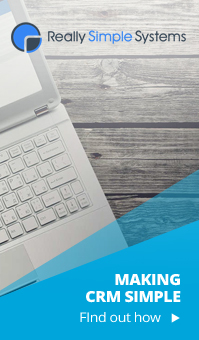
On-Site CRM
What is On-Site CRM?
On-site CRM would likely sit in your office, its tangible and all yours! As such you can tailor it to your specific needs by adding functionality and programming it. This makes it a little more flexible.
Many CRM systems need to integrate into other systems such as ERP. For example if you need to be able to check stock in a warehouse, or understand manufacturing plans as part of the CRM system, then an On-site solution will provide faster response times as they are likely to be co-located.
As the system is your responsibility then when upgrades are undertaken is your choice, as is the management of security.
If you are likely to make a long term CRM investment (over 5 years) then On-site systems will become a better option on total cost of ownership.
Summary - Benefits of On-site CRM
- More flexibility.
- Easier integration.
- Greater control of the system.
- Tighter security.
- Total ownership of the solution.
- Unlimited customisation potential.
What are the negatives of On-site CRM
On-site CRM requires hardware, software and implementation services to be paid up-front. This means that there is a high up-front investment before any return. This also means that the returns such as increased revenue or reduced costs take longer than Cloud CRM.
Although most of the costs are upfront, purchasing software for On-site CRM also requires maintenance to be purchased. The maintenance covers areas such as ‘free’ upgrades and technical support. Vendors charge maintenance at rates of up to 20% of the original software licence price, annually.
Summary - Negatives of On-site CRM
- Higher upfront costs.
- Slower return on investment (ROI).
- Increased maintenance.
Date posted: 2014-12-15 | posted by: miked
Tweet



